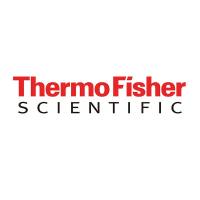The human major histocompatibility complex (MHC) contains genes encoding the Human Leukocyte Antigens (HLA). Of these antigens, placental immunologists need study only the HLA class I molecules, because HLA class II expression is repressed in the fetal placental cells that are in direct contact with maternal blood and tissues containing maternal immune cells. The class I antigens are subdivided into two general categories. The class Ia antigens are highly polymorphic and are typified by HLA-A, -B, and -C; these are expressed by nearly all somatic cells and stimulate graft rejection when foreign to the host. By contrast, the HLA class Ib antigens, HLA-E, -F, and -G, have restricted expression, few variants, and appear rarely to be immunostimulatory. One class Ia antigen, HLA-C, and the three class Ib antigens are differentially expressed by trophoblast cell subpopulations. In order to understand immune privilege in the pregnant uterus and placenta, it is essential to study the unique structural and functional features of these four genes and their glycoprotein products. In this chapter, we focus on the first class Ib gene identified in human placentas, HLA-G , with emphasis on its two soluble isoforms, HLA-G5 and HLA-G6. We describe methods developed in our laboratory to distinguish mRNAs encoding HLA-G5 and HLA-G6, and antibody-based protocols for identification of the soluble isoforms.






